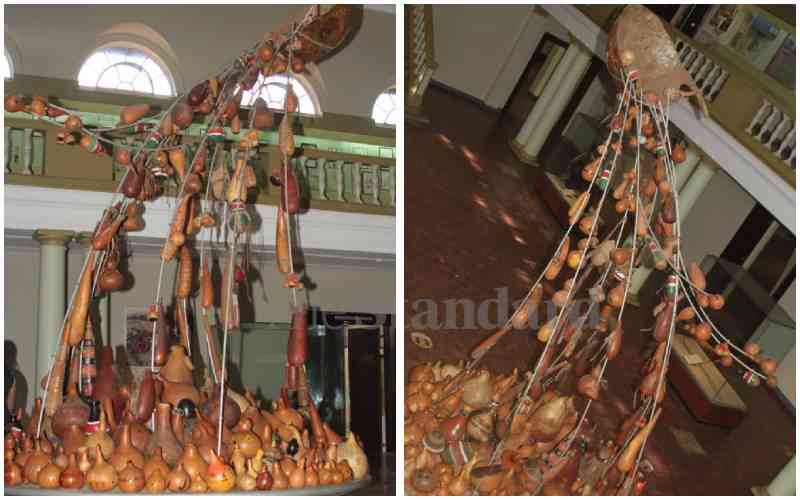×
The Standard e-Paper
Join Thousands Daily

At the National Museums of Kenya in Nairobi sits a spectacular centerpiece forming the shape of a gourd dubbed the Hall of Kenya.
It holds tens of gourds collected from all the ethnic communities in Kenya.